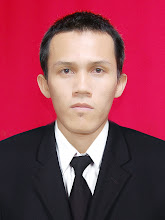HYPOXIA AND ABNORMAL RESPIRATORY RHYTHMS

Terms Related to Hypoxia
- Respiratroy Insufficiency, inability of the lungs to maintain normal arterial bloods gas levels when the individual is breathing 21% oxygen (at sea level)
- Hyperpnea, excessively high rate of alveolar ventilation
- Hypopnea, low rate of alveolar ventilation, that is, underrespiration
- Hypocarbia (hypocapnia), depressed blood carbondioxide level
- Acapnia, absence of carbonedioxide in the blood (this state is incompatible with life)
Signs of Hypoxia
- Increased rapid pulse
- Rapid, shallow respirations and dyspnea
- Increased restlessness or lightheadedness
- Flaring of the nares
- Substernal or intercostal retractions
- Cyanosis
Abnormal Respiratory Rhythms
- Cheyne-Stokes breathing. Marked rhythmic waxing and waning of respirationsfrom very deep to very shallow breathing and temporary apnea (cessation of breathing); common causes include congestive heart failure, increased intacranial pressure and drug overdose.
- Apneustic breathing. Prolonged gasping inspiration followed by a very short, usually inefficient, expiration; associated with central nervous system disorders.
- Biot's breathing. Shallow breaths interrupted by apnea; may be seen in healthy people and in clients with central nervous system disorders.



